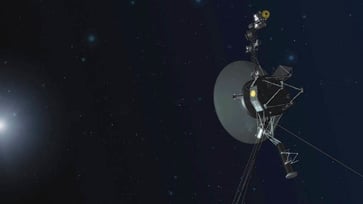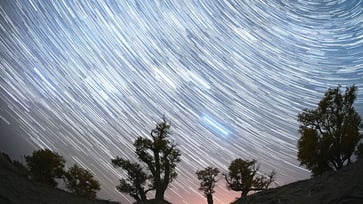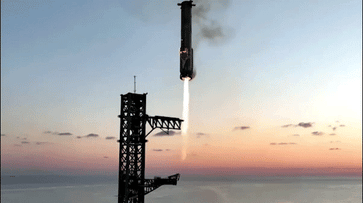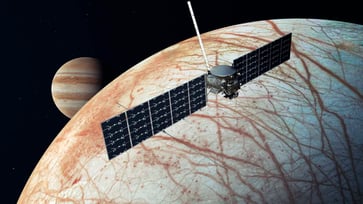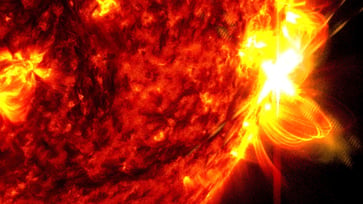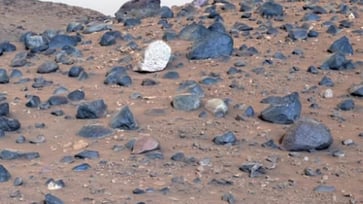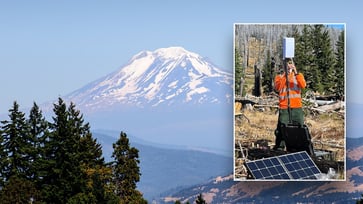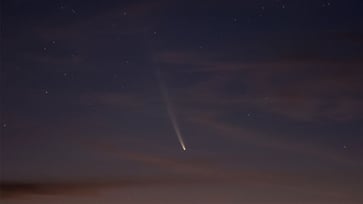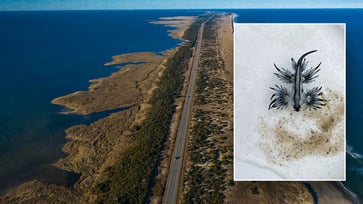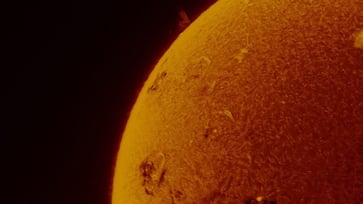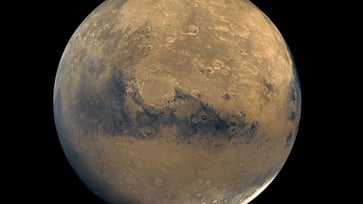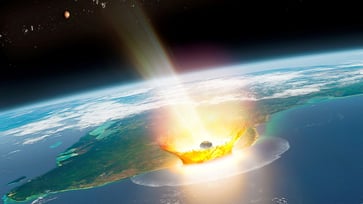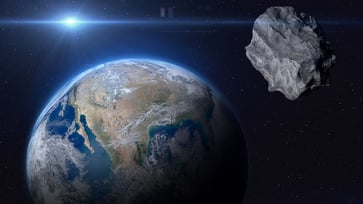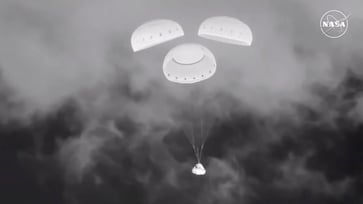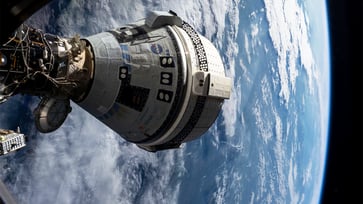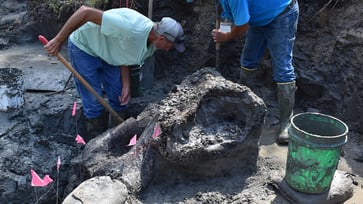A lunar probe launched by China will collect samples from the moon's far side.
In 2003, China became the third country to send a person into space using its own resources, following the former Soviet Union and the US.
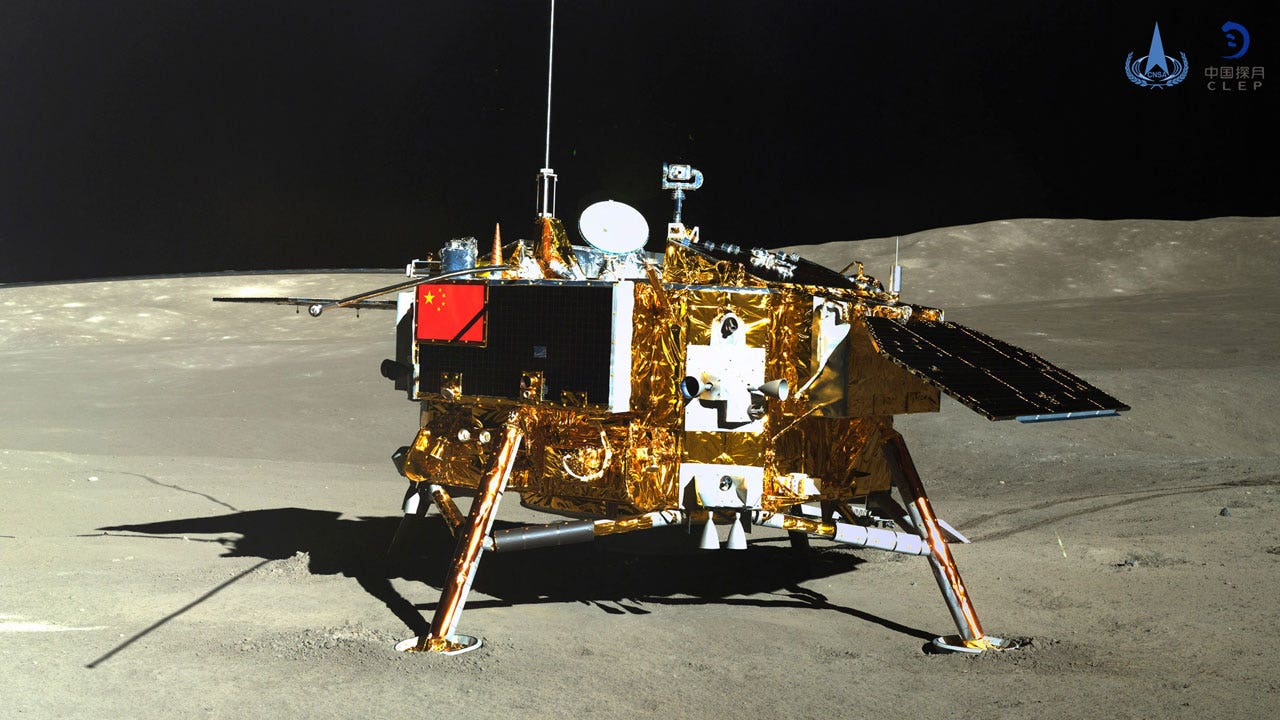
On Friday, China launched a lunar probe to land on the far side of the moon and retrieve samples for analysis, which could shed light on the differences between the unexplored region and the well-known near side.
China's space exploration program, now competing with the U.S., has made the latest advance.
China's space station has a crew of three and aims to land astronauts on the moon by 2030. Over the next four years, three Chinese lunar probe missions are planned.
The far side of the moon, shielded from Earth's interference, is an ideal location for radio astronomy and scientific research. However, since it never faces Earth, a relay satellite is necessary to maintain communication.
The Chang’e-6 lunar probe, named after the Chinese mythical moon goddess, launched on Friday at 5:27 p.m. from the Wenchang launch center on the island province of Hainan. Thirty-five minutes later, it separated entirely from the massive Long March-5 rocket, which had slung it into space. Technicians monitoring the launch from ground control cheered and clapped.
Mission commander Zhang Zuosheng declared the launch a complete success after confirming that the spacecraft was on its set trajectory.

The Philippine Space Agency stated that the anticipated debris from the rocket launch would likely land within the designated drop zones.
Beijing was accused of recklessly allowing its rocket to fall to Earth uncontrolled after the mission in 2021, prompting China to defend its handling of the situation.
During China's five-day May Day holiday, a large number of individuals gathered on Hainan's beaches to witness the launch. As with previous recent launches, the event was broadcast live on state broadcaster CCTV.
The lander, after slowing down by orbiting the moon, will separate from the spacecraft and begin drilling and scooping up lunar samples within 48 hours of landing. The samples will be sealed in a container and the lander will reconnect with the returner for the journey back to Earth. The entire mission will take 53 days.
In 2020, China retrieved lunar samples from the near side of the moon for the first time since the U.S. Apollo program ended in the 1970s. The analysis of these samples revealed the presence of water in the form of tiny beads embedded in the lunar soil.
In the past week, three Chinese astronauts returned to Earth after spending six months on the country's space station.
Due to being excluded from the International Space Station, China constructed its own space station, largely because of U.S. concerns over the Chinese military's control of the space program amidst a growing technological competition between the two geopolitical rivals. U.S. law prohibits almost all cooperation between the U.S. and Chinese space programs without explicit congressional approval.
China has collaborated with France, Italy, the European Space Agency, and Sweden on the latest space mission, which includes scientific instruments and a small Pakistani satellite.
By 2030, China's ambitious space program plans to land astronauts on the moon and retrieve samples from Mars, while also launching three lunar probe missions within the next four years, with the first scheduled for 2027.
Plans for a permanent crewed lunar base are still in the conceptual phase, although long-term plans exist.
In 2003, China launched its first crewed space mission, making it the third country to send a person into space independently, following the Soviet Union and the U.S.
The Tiangong, a smaller version of the ISS, was launched in 2021 and completed 18 months later. It can house up to six astronauts and is primarily focused on scientific research. The crew will also install space debris protection equipment, conduct experiments with payloads, and transmit science lessons to students on Earth.
China plans to eventually allow foreign astronauts and tourists to access its space station, potentially making it the only country or corporation to maintain a crewed station in orbit as the ISS nears the end of its useful life.
Despite China's advancements, the U.S. space program maintains a substantial advantage through its funding, logistics, and abilities.
By 2025, the U.S. aims to return a crew to the lunar surface as part of a renewed dedication to crewed missions, with the help of private sector companies such as SpaceX and Blue Origin. They plan to land at the moon's south pole, where permanently shadowed craters are thought to contain frozen water.
science
You might also like
- Lunar modules from the first two moon landings have been captured in stunning detail by Orbiter photos, more than 50 years after the historic missions.
- Discovery of a remarkable mastodon jaw in a New York homeowner's backyard
- NASA resumes communication with Interstellar Voyager 1 after pause.
- In 2055, the asteroid that was once referred to as Earth's "mini moon" will make a return visit.
- A new species of sea slug that resides in the ocean's 'midnight zone' has been discovered with a glowing appearance.
